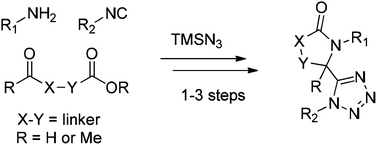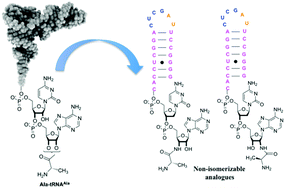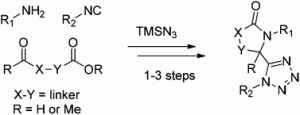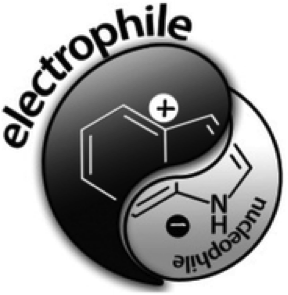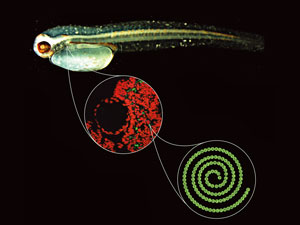
Professor Andrew D. Hamilton FRS
We are delighted to present an on-line collection of articles dedicated to Professor Andrew D. Hamilton FRS, on the occasion of his 60th birthday.
Students and colleagues past and present have come together to contribute over 40 communications, full papers, feature articles and perspectives of some of their latest work now published in ChemComm, OBC, MedChemComm and RSC Advances.
| “An insight into the rise of a star in molecular recognition, ground breaking discoveries, and on a more light-hearted note, some fond reminiscences of research in Cambridge, Princeton, Pittsburgh, Yale and Oxford.”
Read the introductory Profile article by guest-editors Sam Thompson and Andrew J. Wilson, with the contribution of Sir Alan R. Battersby. |
Access the full collection here
As a taster, the collection of articles includes:
Chemical approaches for detection and destruction of nerve agents
Dariush Ajami and Julius Rebek
Org. Biomol. Chem., 2013,11, 3936-3942
DOI: 10.1039/C3OB40324F
Diverse topologies in dynamic combinatorial libraries from tri- and mono-thiols in water: sensitivity to weak supramolecular interactions
Artur R. Stefankiewicz and Jeremy K. M. Sanders
Chem. Commun., 2013,49, 5820-5822
DOI: 10.1039/C3CC41158C
Peptides: minimal drug surrogates to interrogate and interfere with protein function
A. Cruz-Migoni, N. Fuentes-Fernandez and T. H. Rabbitts
Med. Chem. Commun., 2013,4, 1218-1221
DOI: 10.1039/C3MD00142C
A rotaxane host system containing integrated triazole C–H hydrogen bond donors for anion recognition
Nicholas G. White and Paul D. Beer
Org. Biomol. Chem., 2013,11, 1326-1333
DOI: 10.1039/C2OB27229F, Paper
Supramolecular hydrogels based on bola-amphiphilic glycolipids showing color change in response to glycosidases
Rika Ochi, Kazuya Kurotani, Masato Ikeda, Shigeki Kiyonaka and Itaru Hamachi
Chem. Commun., 2013,49, 2115-2117
DOI: 10.1039/C2CC37908B, Communication
Identification of a potent salicylic acid-based inhibitor of tyrosine phosphatase PTP1B
Sina Haftchenary, Daniel P. Ball, Isabelle Aubry, Melissa Landry, Vijay M. Shahani, Steven Fletcher, Brent D. G. Page, Andriana O. Jouk, Michel L. Tremblay and Patrick T. Gunning
Med. Chem. Commun., 2013,4, 987-992
DOI: 10.1039/C3MD00011G
and many more!
Why not have a look at the great cover artworks authors have created to illustrate their articles from the collection – click on the images to access the articles!
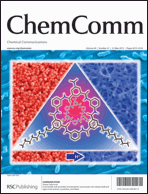

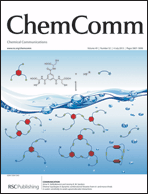
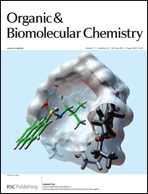
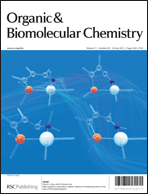
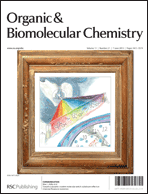
Feel free to send the link to the issue to other researchers whom you think will find it interesting and stimulating to read.
We hope you enjoy the collection!
Comments Off on In Celebration of Andrew D. Hamilton’s Career in Chemistry












![GA[7]](https://blogs.rsc.org/ob/files/2013/08/GA7.gif)
![GA[2]](https://blogs.rsc.org/ob/files/2013/08/GA2.gif)
![GA[2]](https://blogs.rsc.org/ob/files/2013/08/GA21.gif)
![GA[2]](https://blogs.rsc.org/ob/files/2013/08/GA22.gif)
![GA[8]](https://blogs.rsc.org/ob/files/2013/08/GA8.gif)

